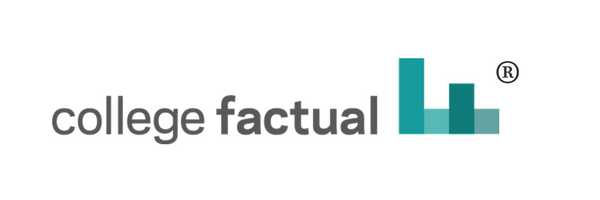What Are You Good At?
/Last year I wrote a blog post about the difference between the journey and the destination when making college selection decisions. It is very important that you do not mix up the two. Your destination is where you are going in life, and college is the plane flight to get you there. Keep this simple concept in mind. Why is this important?
Remember this fact: only 32% of the members of your freshman class will finish college in 4 years. Now consider this:
- 76% of all college students change majors at least once.
- 50% of all college students change majors at least twice.
- The average cost of changing majors each time is $46,000.*
- When you are in the wrong major your grades and overall performance suffer.
This is not a new problem. It is just a very expensive problem, one that you get to carry around with you for many years. Why is this happening on such a large scale?
What Are You Good At?
One of the hardest tasks each one of us is faced with is figuring out what we want to do when we grow up. I am still trying to figure that out myself! But now think about having to do this as a young person barely out of high school! There are so many things we have NO IDEA about:
- The thousands of potential roles we might pursue as career options,
- What we might we actually like to do if given the opportunity,
- What roles we should explore first based upon our strengths.
This problem can be solved, but it will take some work on the part of the student. In the words of Socrates, "Know Thyself". The secret to learning your perfect major and future career is to gain a better understanding of your own strengths, weaknesses and interests.
I have lots more to say on this subject. In the next blog post I'll share my own personal story on how I finally discovered what I was supposed to be doing (a long time after I graduated college).
* Calculated as the average cost of one semester of courses not accepted into the new major plus the average amount of lost wages from entering the workforce 6 months later than anticipated.







